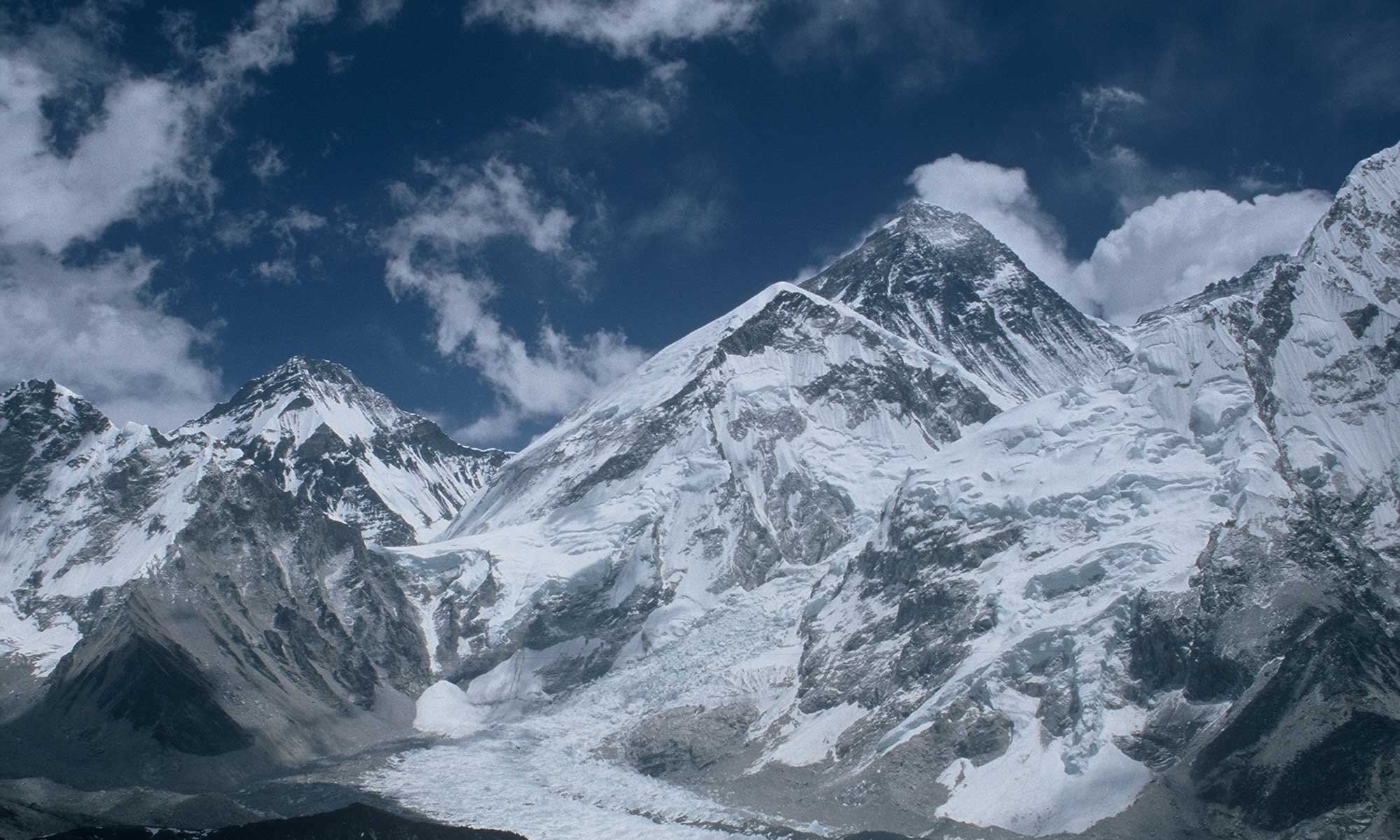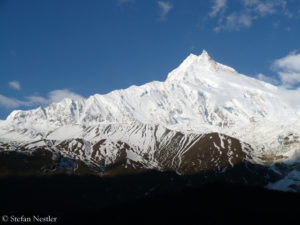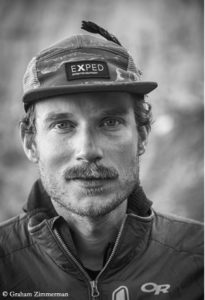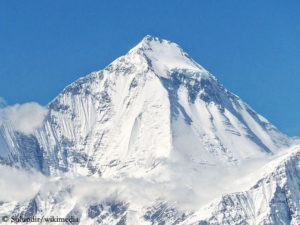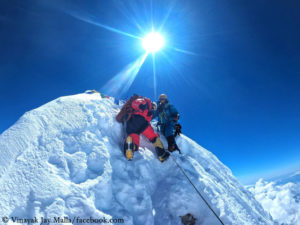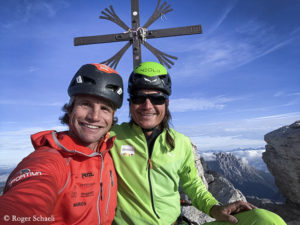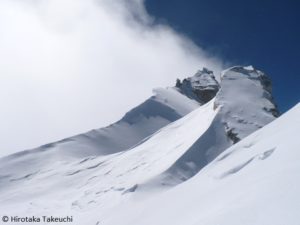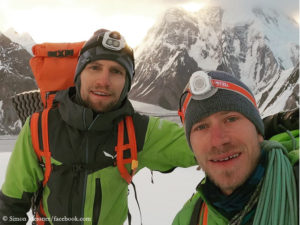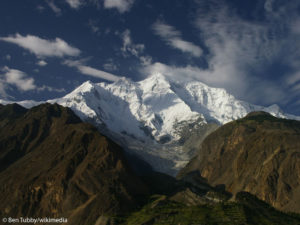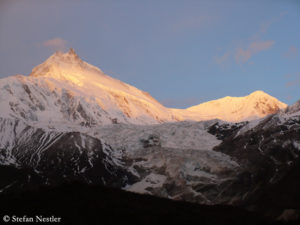“I’m picking up right where I left off,” Jost Kobusch tells me. “It was clear from the start that a project like this would need several attempts. And this is just the second one.”
In a week, on 29 October, the 29-year-old German climber will fly to Nepal to try his hand at Mount Everest again in winter: solo; without bottled oxygen; via the challenging, rarely climbed route over the Lho La, a 6,000-meter-high pass between Nepal and Tibet, the West Ridge and the Hornbein Couloir located in the North Face. In his first solo attempt on this route, Jost had reached an altitude of 7,366 meters in February 2020.
Continue reading “Jost Kobusch before Everest winter expedition: “My goal: 8,000 meters””